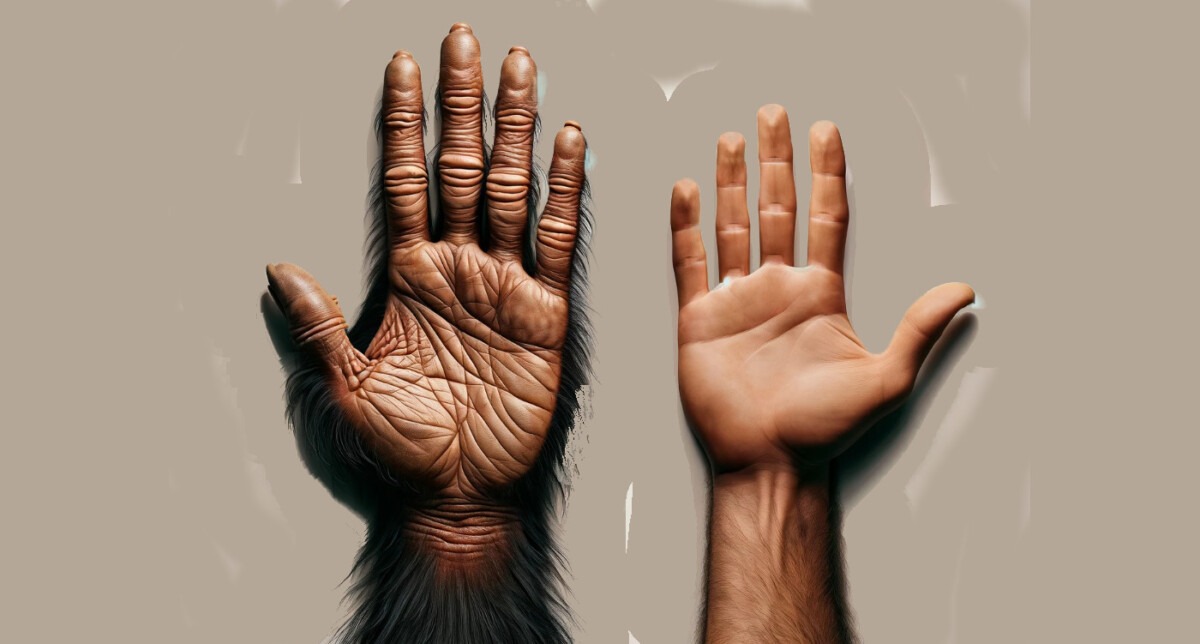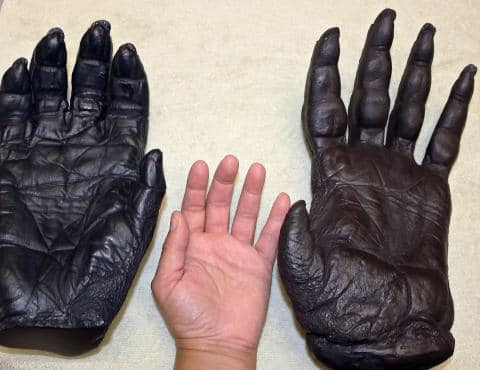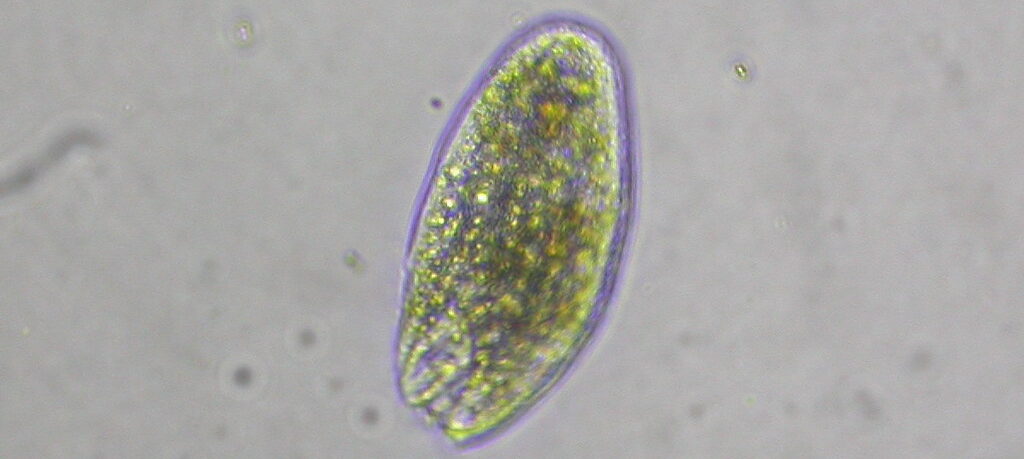Ignorance is Bliss
30 Phil, Chapter 8, Plato, Touchstone 21: Ignorance is Bliss. The concept of “Ignorance is bliss” says being uninformed or unaware of certain truths can lead to greater happiness. Take, for example, germophobes—people who are excessively concerned about germs. Constant awareness and meticulous research about germs and contamination could elevate their levels of stress, affecting […]
Ignorance is Bliss Read More »




















